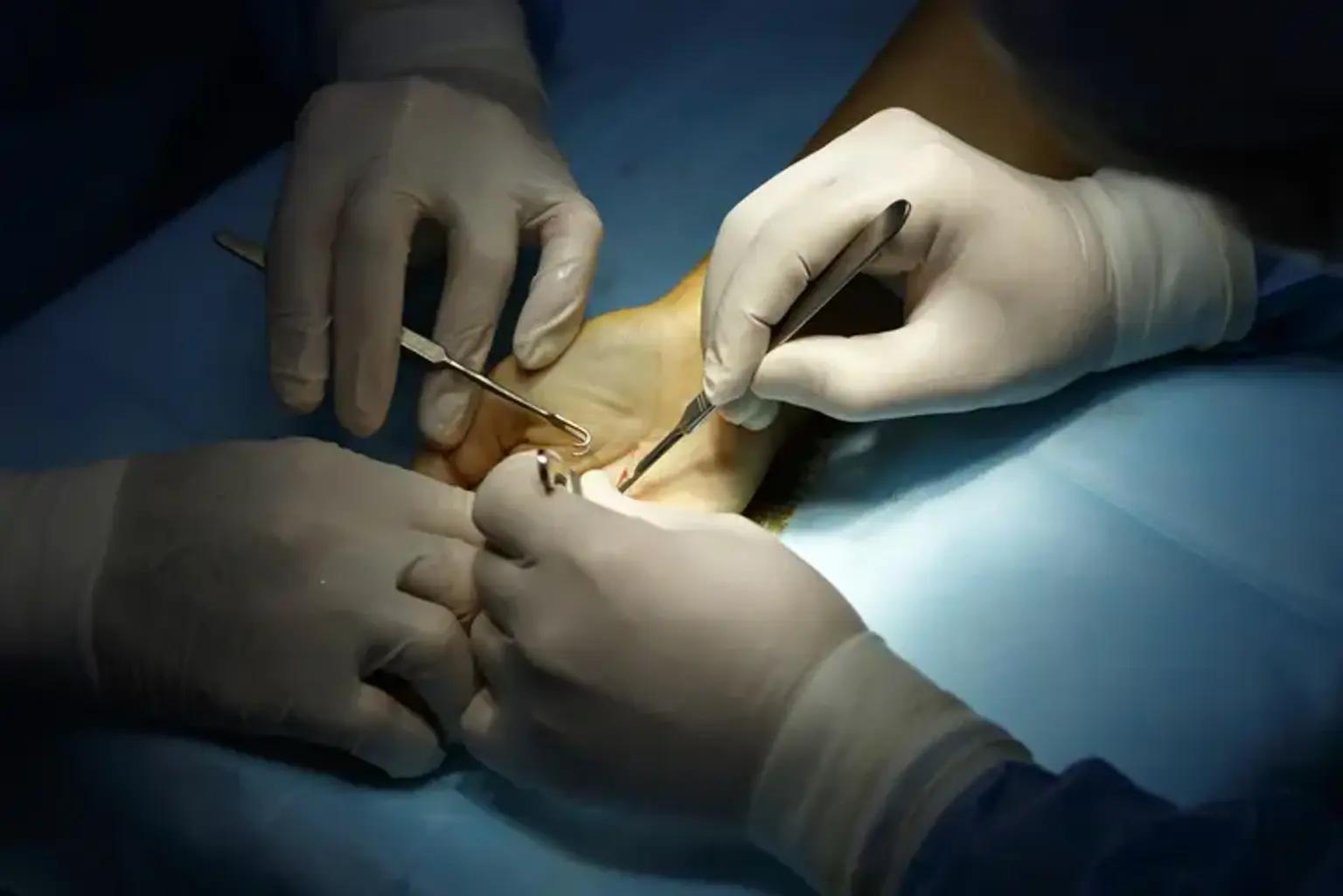Hand Surgery Clinic (Microsurgery)
Overview
Hand surgery is a broad concept that encompasses a wide range of procedures. Hand surgeons aim to restore hand and finger function. However, hand surgeons also attempt to make the hand appear as natural as possible.
Hand microsurgery can be performed for a variety of causes, including hand injuries, rheumatic disorders that alter and harm the structures of the hand, such as osteoarthritis and rheumatoid arthritis, degenerative alterations to the hand's structures, hand problems or deformities that are present at birth, known as congenital & hand infections are common.
